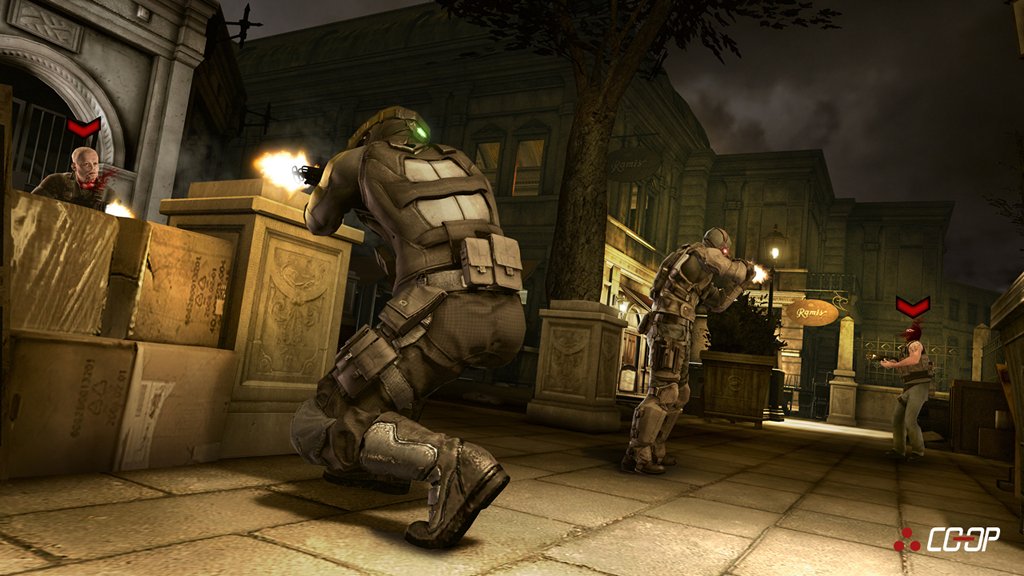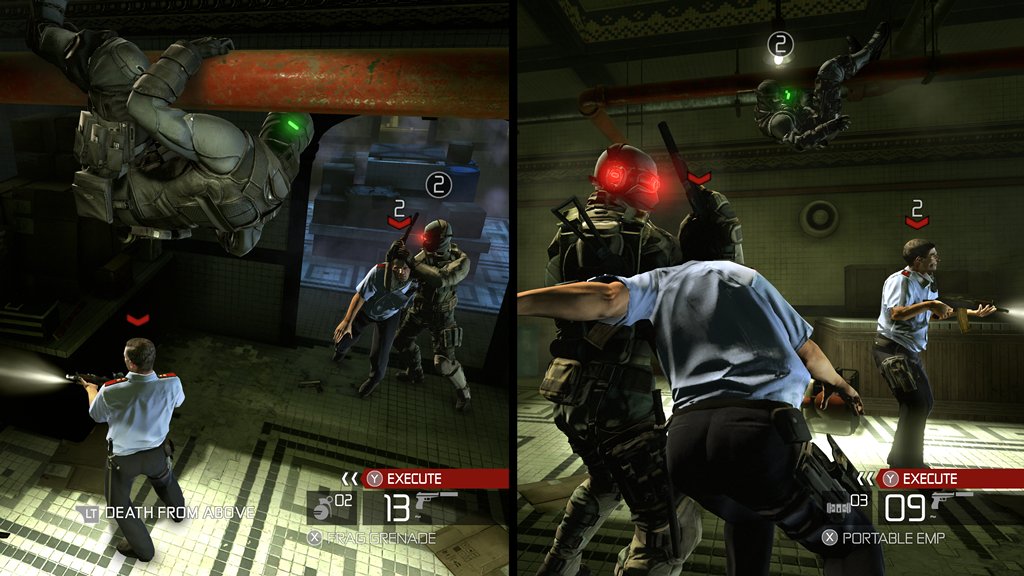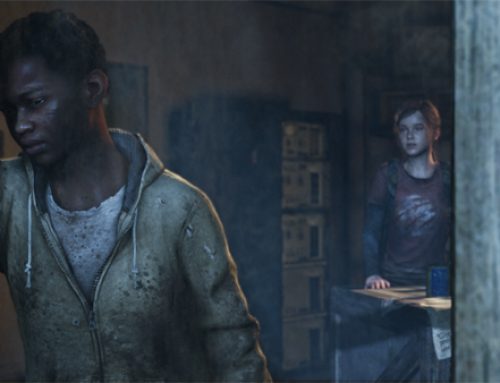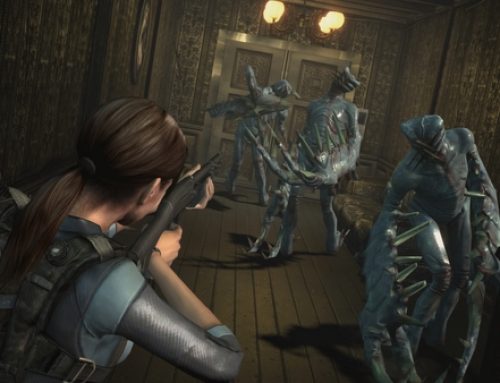After playing through the single-player and co-op stories on “Tom Clancy’s Splinter Cell Conviction,” I’m struck by how backward the developers have it. Grizzled covert-ops guy Sam Fisher, the star of the first four games, remains the face of the franchise even though he’s upstaged by two new agents, Archer and Kestrel, the playable characters in the game’s too-short co-op campaign.
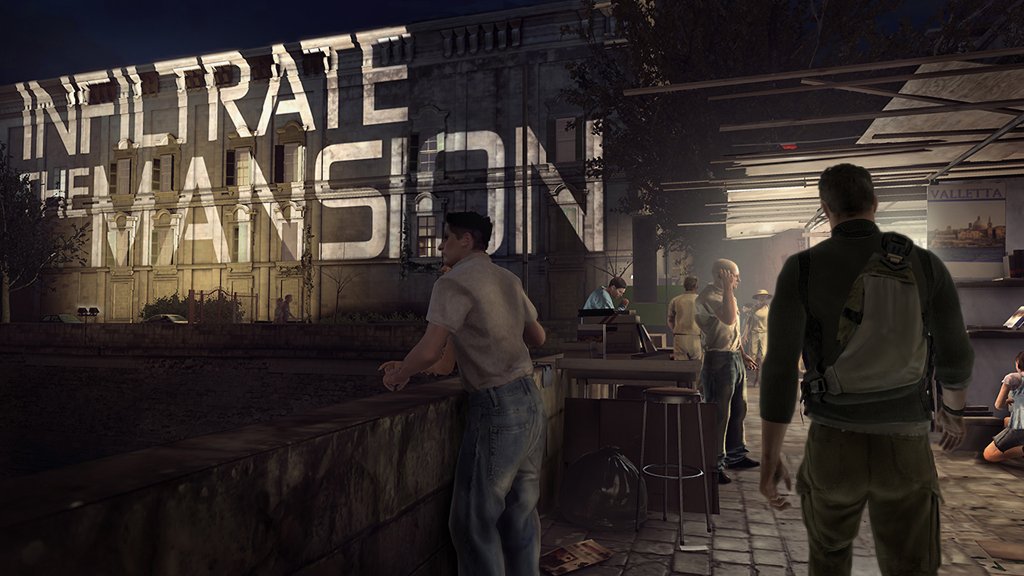
Sam Fisher, star of the past four "Splinter Cell" games takes center stage in the single-player game.
“Conviction” (rated M, $60 on Xbox 360 or PC) centers around Fisher’s quest to find out what really happened to his daughter, Sarah, who was apparently killed by a drunken driver in the last game, 2006’s “Splinter Cell Double Agent.” As the too-complicated plot unfolds, it becomes a jumbled mishmash of agency names, military contractors, double-crossings, secondary characters, flashback sequences and sometimes farcical political intrigue.
Though the single-player narrative, which tries to pack about 20 hours’ worth of story into maybe eight hours of gameplay, is guilty of being a bit muddled, its worst crime is trying to humanize Sam Fisher. One moment, you’re skulking around the shadows, shooting guys in the head so that you can reach their boss and use his skull to shatter a urinal during an interrogation. In another, you’re watching a too-cloying, badly written flashback of a younger Fisher telling his little girl not to be afraid of the dark.
The disconnect between “family man” and “cold-blooded, unfeeling killing machine who smashes a guy’s head through a TV to get the answers he wants” is simply too great. Sam Fisher is Jack Bauer on steroids. While he may do things that keep our country safe, his harshest actions make empathy too tough a sell for the clumsy narrative to pull off. The only thing bailing out the single-player adventure is its tight gameplay, which has been refocused from the trial-and-error of past “Splinter Cell” titles to something more action-driven and accessible.
Where the single-player’s narrative falls short, the co-op prequel to Fisher’s story delivers the goods. In that adventure, which can be finished in two sittings or one really lengthy session, the American Archer and Russian Kestrel team up to stop rogue elements within the Russian military from selling weapons of mass destruction on the black market.
The co-op story is as well-honed as the single-player narrative is convoluted and ridiculous. I played as Archer, and my co-op buddy Carl played as Kestrel. All we really needed to know was that our characters have a job to do, and that they quite understandably don’t trust each other, though they do win one another’s respect, judging by the comments they make as the mission progresses.
As pitch-perfect as “Conviction’s” gameplay is in the single-player campaign, it’s doubly effective in co-op. In a lot of games, co-op play feels like it’s been shoehorned in after the fact, as anyone who’s tried to play with four people at a time in “Halo 3’s” chaotic campaign will attest. “Conviction” gets around the problem of crowding by giving players unique, larger levels that allow for multiple two-player strategies. Even though, as in the main game, the emphasis is on stealth, a skilled two-man team will be able to make better use of the game’s “last known position” feature, which allows agents to play cat-and-mouse with their adversaries. One player can attract attention and draw fire while the other flanks and eliminates foes from the shadows.
The co-op mode’s only crime is that it’s not as long as the single-player game. Sam Fisher’s tale, though enjoyable enough, gets more screen time. But once you’ve played with a buddy, either split-screen or online, Sam’s quest feels like an unnecessarily heavy appetizer eaten before the main course. (The dessert would be the game’s storyless Deniable Ops modes. “Hunter” has you trying to clear one of six multi-part maps of enemies, while “Infiltration” emphasizes sneaking through undetected. “Last Stand” involves hunkering down and protecting a warhead from waves of bad guys, and “Face-Off” is a mano-a-mano duel to the death.)
Work has already reportedly begun in Toronto on Ubisoft’s next “Splinter Cell” game. I, for one, would like to see an admittedly risky de-emphasizing of Sam in favor of a longer, more satisfying two-player adventure. Though the co-op story does wonderful things with Archer and Kestrel’s adversarial relationship, I’d love to see a more complex story that has the agents simultaneously working to accomplish competing objectives, all while putting on the appearances of being team players.
Though I’ve got one more evening to go before I finish, “Tom Clancy’s Splinter Cell Conviction” is easily the most fun I’ve had in a two-player co-op game. (It’s not really fair to compare it with a well-done, four-player adventure like “Left 4 Dead” or “Borderlands.”) Let’s hope Ubisoft realizes where they’ve done well and runs with it next time out.
Blogger’s note: Played through single-player story and co-op story to completion on an Xbox 360 copy of the game provided by the publisher for review. I had about an hour of play time left on the co-op story when I wrote my review for the newspaper, but made a couple of minor edits to the online version to reflect that I finished co-op mode between the time I wrote for print and posted the review on the Web.

